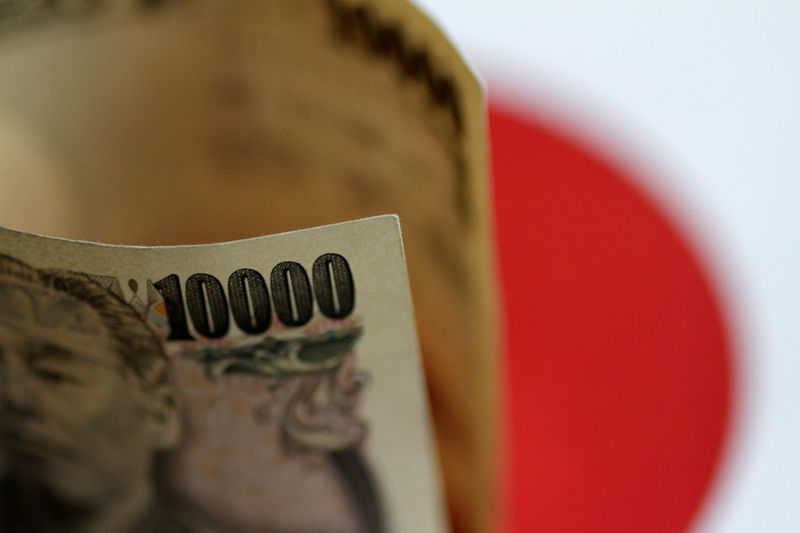
Investing.com – Most Asian currencies were little changed on Monday as markets turned cautious ahead of this week’s Federal Reserve meeting, while the Japanese yen recovered after falling to new 34-year lows earlier in the day.
The dollar fell slightly amid pressure from the yen’s recovery, although it still retained most of its gains through April. Signs of persistent inflation in the US have led markets to gradually reset expectations of an imminent Fed rate cut, sending the dollar higher.
The Japanese yen is recovering, the USDJPY pair falls from 160
The pair, which measures the amount of yen needed to buy one dollar, fell 1.8% to 155.48 after rising to 160.20 earlier in the day.
The reason for the pair’s fall was not immediately clear, although it could potentially be related to government intervention. Japanese markets were closed for the holiday.
The yen has weakened sharply against the dollar in recent sessions, with USDJPY breaking above levels that have attracted intervention in the past. This came after weak Japanese inflation data and middling signals from the Bank of Japan, while concerns about higher and longer-term US rates also weighed.
But while the yen posted a strong rebound on Monday, room for further gains in the currency remains limited, especially ahead of this week’s Federal Reserve meeting.
The dollar weakens amid the strengthening of the yen, they are waiting for the Fed
The and indices fell 0.2% and 0.3%, respectively, after sharp gains on Friday.
The dollar posted strong gains in April after traders largely discounted most expectations for an early Fed rate cut.
remove advertising
.
Those bets reached a fever pitch on Friday after data for March, the Fed’s preferred gauge of inflation, came in better than expected.
The focus this week is now solely on the Fed meeting. The central bank is expected to keep rates steady and potentially offer a hawkish outlook given recent volatility in U.S. inflation.
The prospect of higher interest rates for longer spells bad news for Asian markets – an idea that kept most regional currencies in a tight range on Monday.
The Chinese Yuan pair fell slightly, as did the Indian Rupee pair. Traders were wary of any volatility in the rupee as India’s 2024 general elections began.
The Australian dollar stood out among its peers, with the pair rising 0.8% on speculation that higher-than-expected first-quarter inflation figures would prompt further interest rate hikes by the Reserve Bank of Australia.
The South Korean won pair changed little, as did the Singapore dollar pair.


